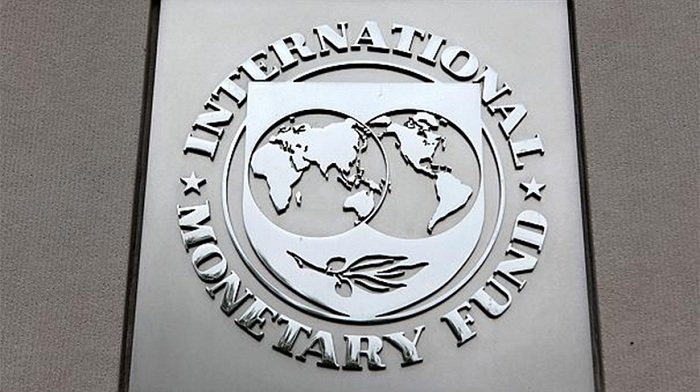Bangladesh’s economy to grow at 6.5%, inflation to rise: IMF

The projection was made in the “World Economic Outlook,” a flagship report of the IMF, released globally on Tuesday ahead of the annual meeting of the IMF and the World Bank.
The report projected 4.6% growth for Bangladesh in the previous fiscal year 2020-21. The rate is 87 basis points lower than the preliminary estimate of the BBS, 5.47%.
The United States is projected to grow at six per cent this year and 5.2 per cent the next year. China, on the other hand, the IMF said is projected to grow at 8 per cent in 2021 and 5.6 per cent in 2022.
Global economy
Pandemic outbreaks in critical links of global supply chains had resulted in longer-than-expected supply disruptions, further feeding inflation in many countries, IMF chief economist Gita Gopinath said in the report.
Overall risks to economic prospects had increased, and policy trade-offs have become more complex, she said.
She also flagged the divergence in economic prospects across countries, terming them as a major concern. “Aggregate output for the advanced economy group is expected to regain its pre-pandemic trend path in 2022 and exceed it by 0.9% in 2024,” Gopinath said.
She said vaccine manufacturers and high-income countries should support the expansion of regional production of Covid-19 vaccines in developing countries through financing and technology transfer solutions.
According to IMF, speeding up vaccination of world population remains the top policy priority, while continuing the push for widespread testing and investing in therapeutics. “This would save millions of lives, help prevent the emergence of new variants, and hasten the global economic recovery,” it said.
If Covid-19 were to have a prolonged impact into the medium term, it could reduce global GDP by a cumulative $5.3 trillion over the next five years relative to our current projection, the report said.
According to IMF, beyond 2022 global growth is projected to moderate to about 3.3% over the medium term.
Inflation worry
“For the most part, price pressures are expected to subside in 2022,” it said. “In some emerging markets and developing economies, price pressures are expected to persist because of elevated food prices, lagged effects of higher oil prices, and exchange rate depreciation lifting the prices of imported goods.”
Monetary policy will need to walk a fine line between tackling inflation and financial risks and supporting the economic recovery, Gopinath said in a blogpost.











